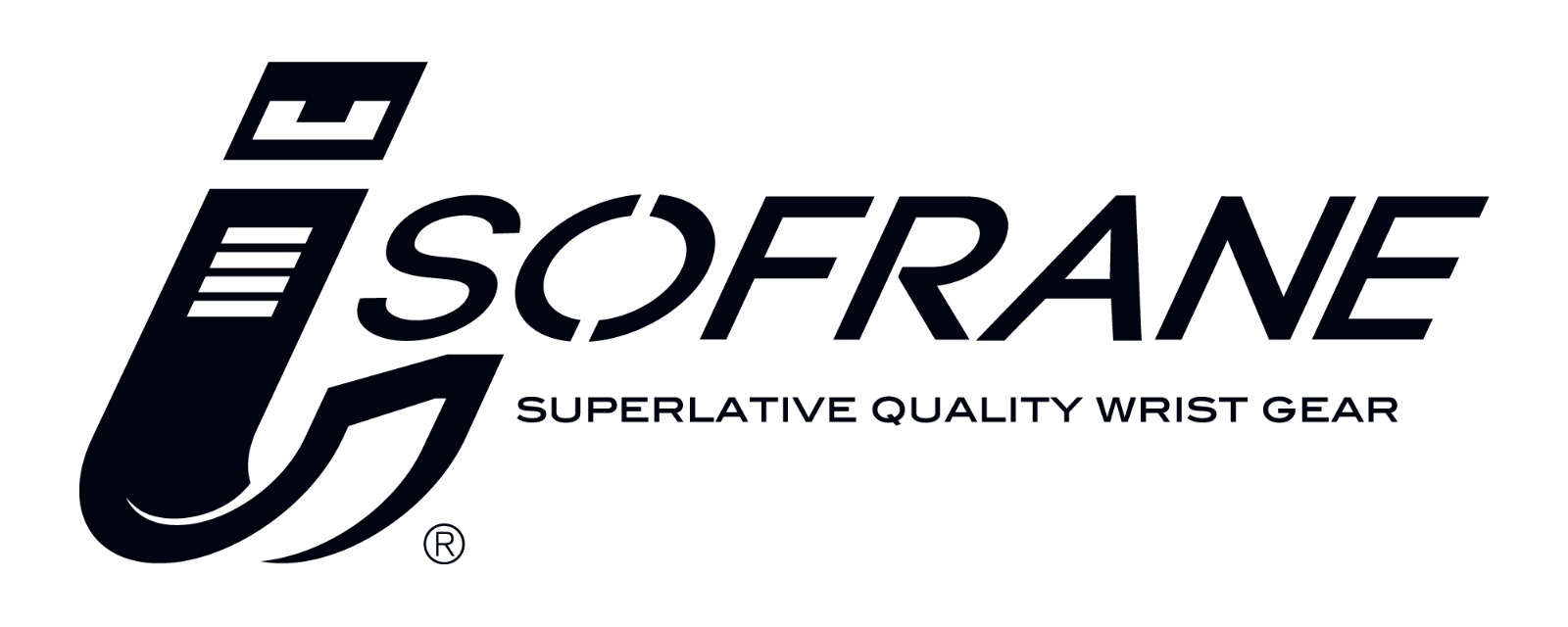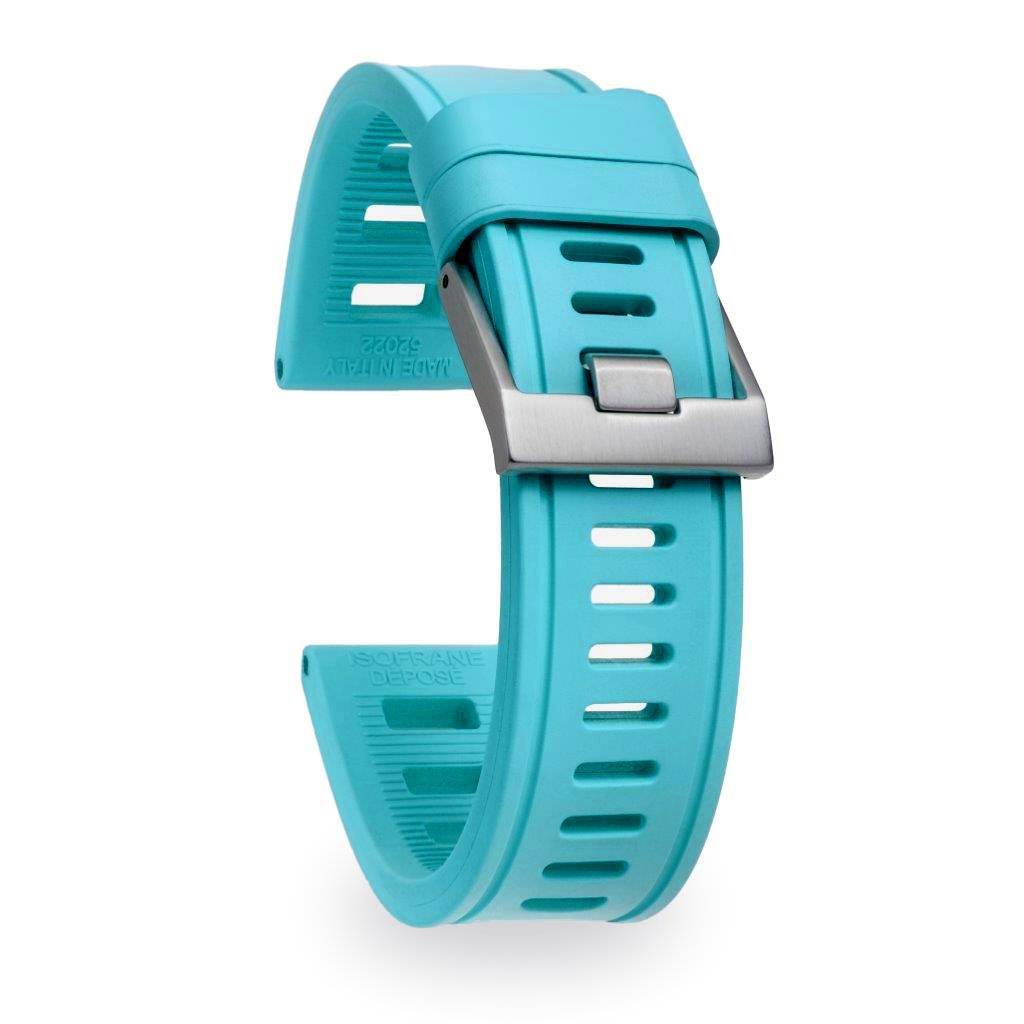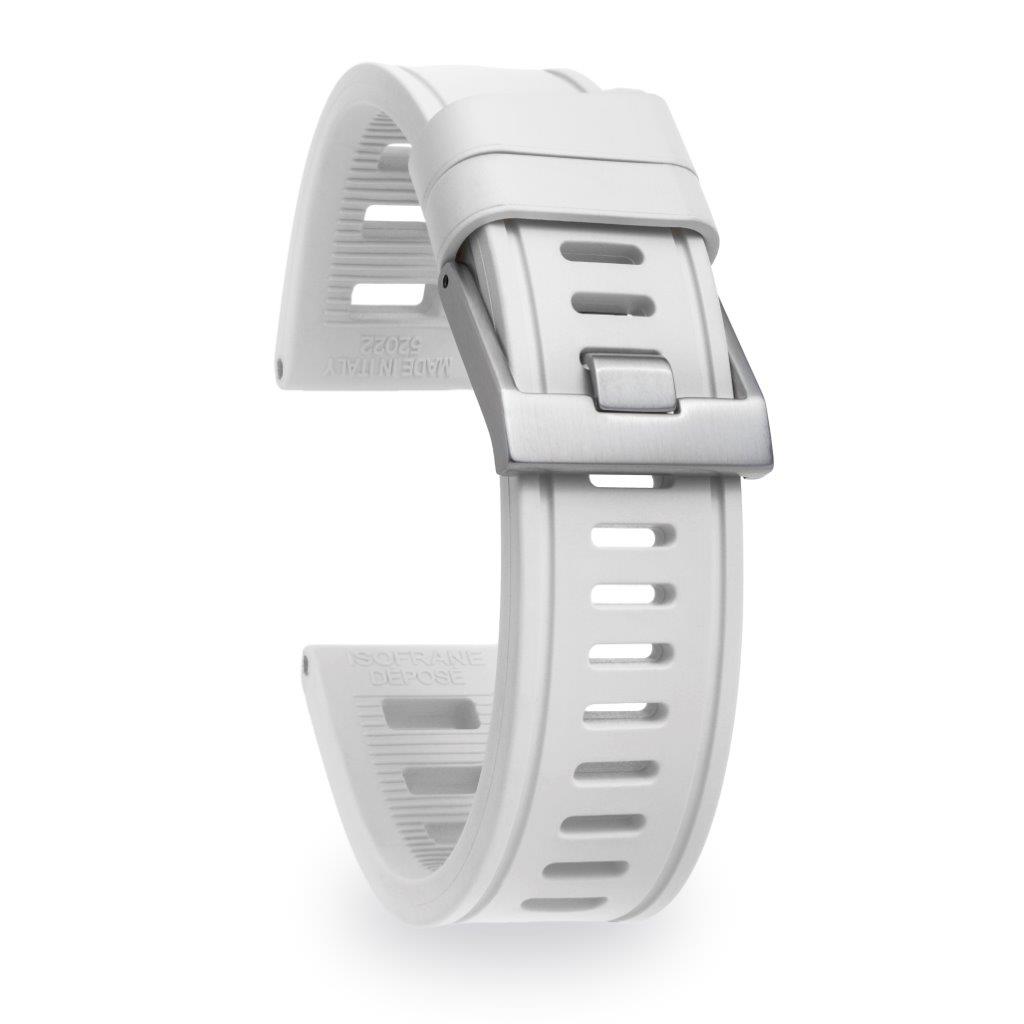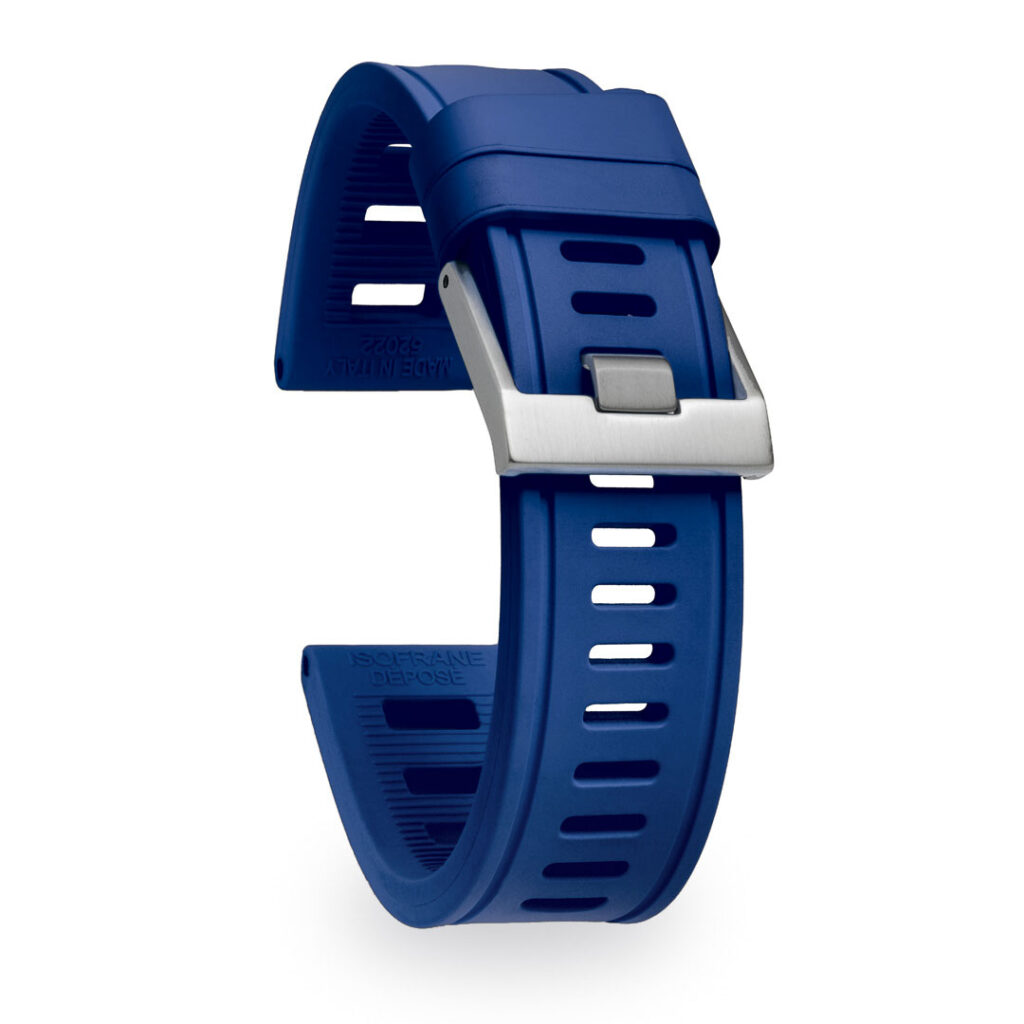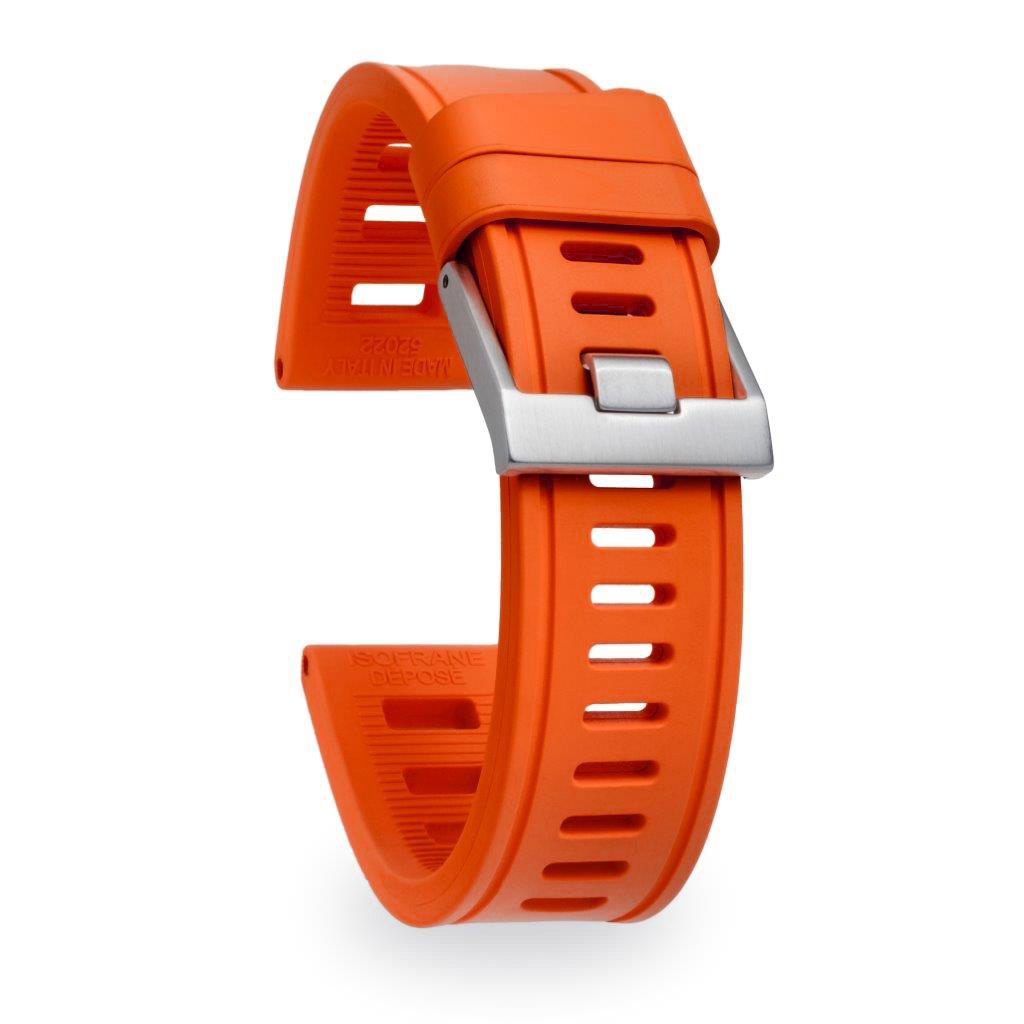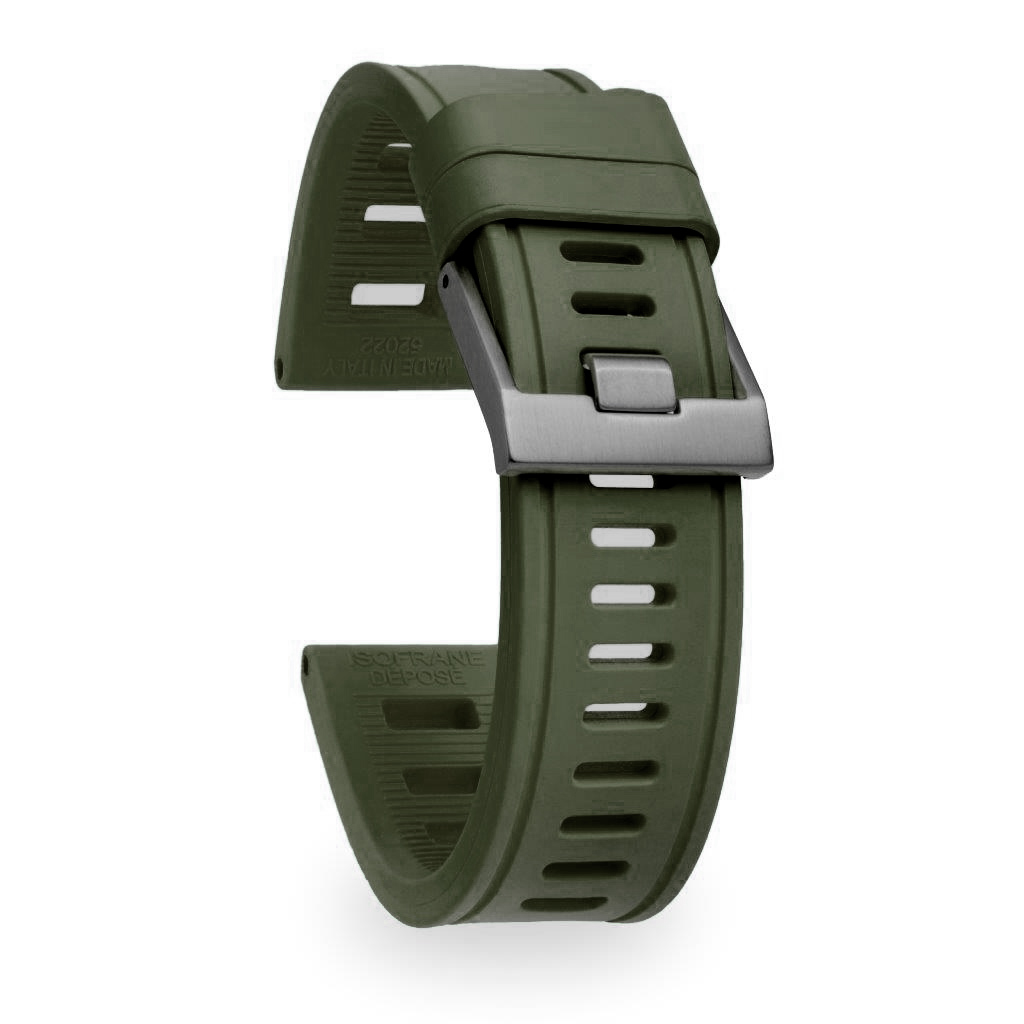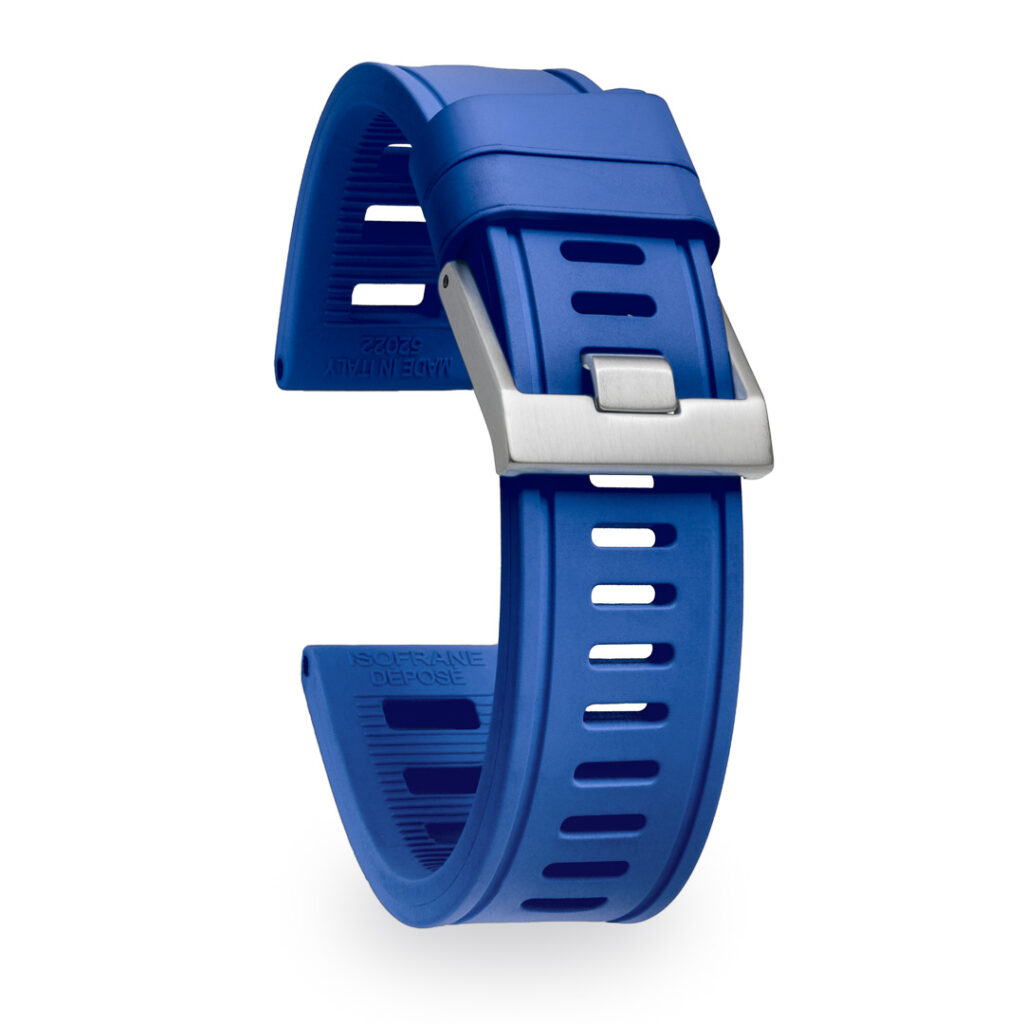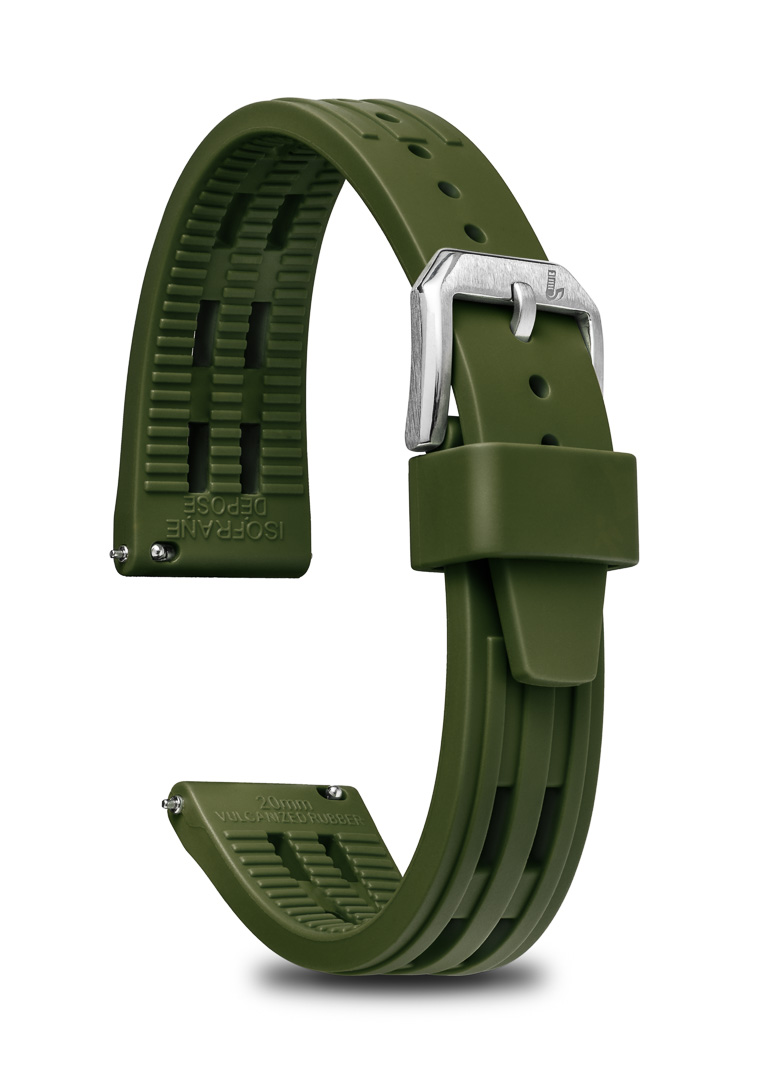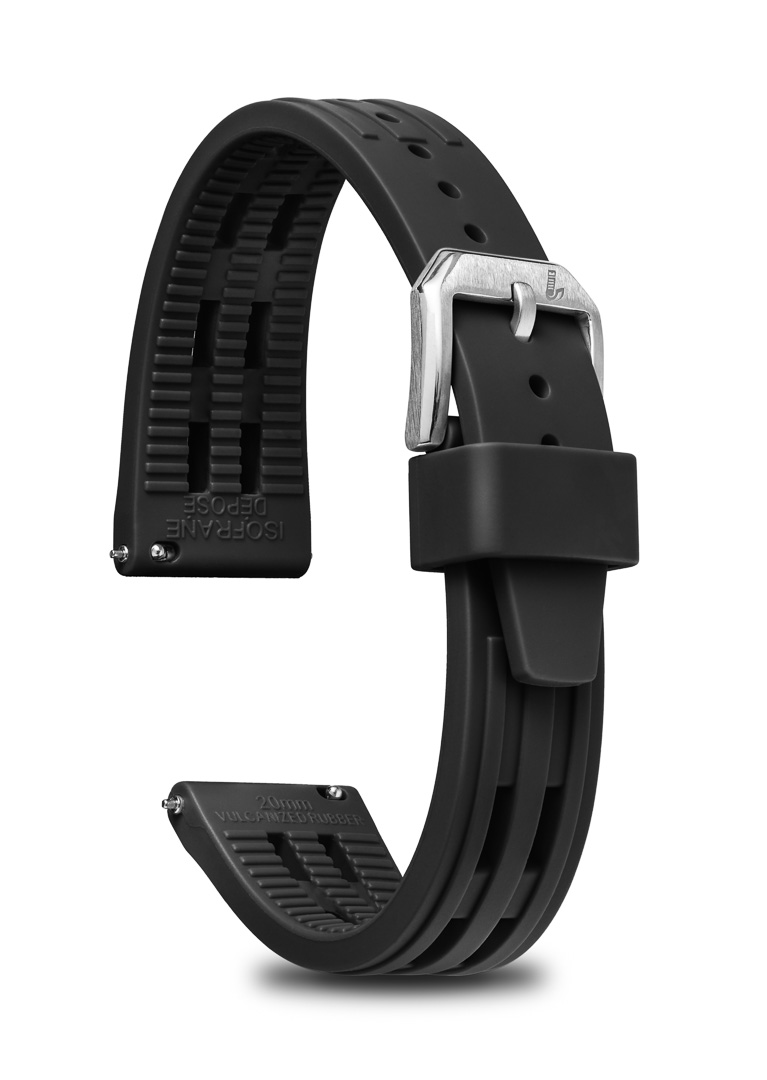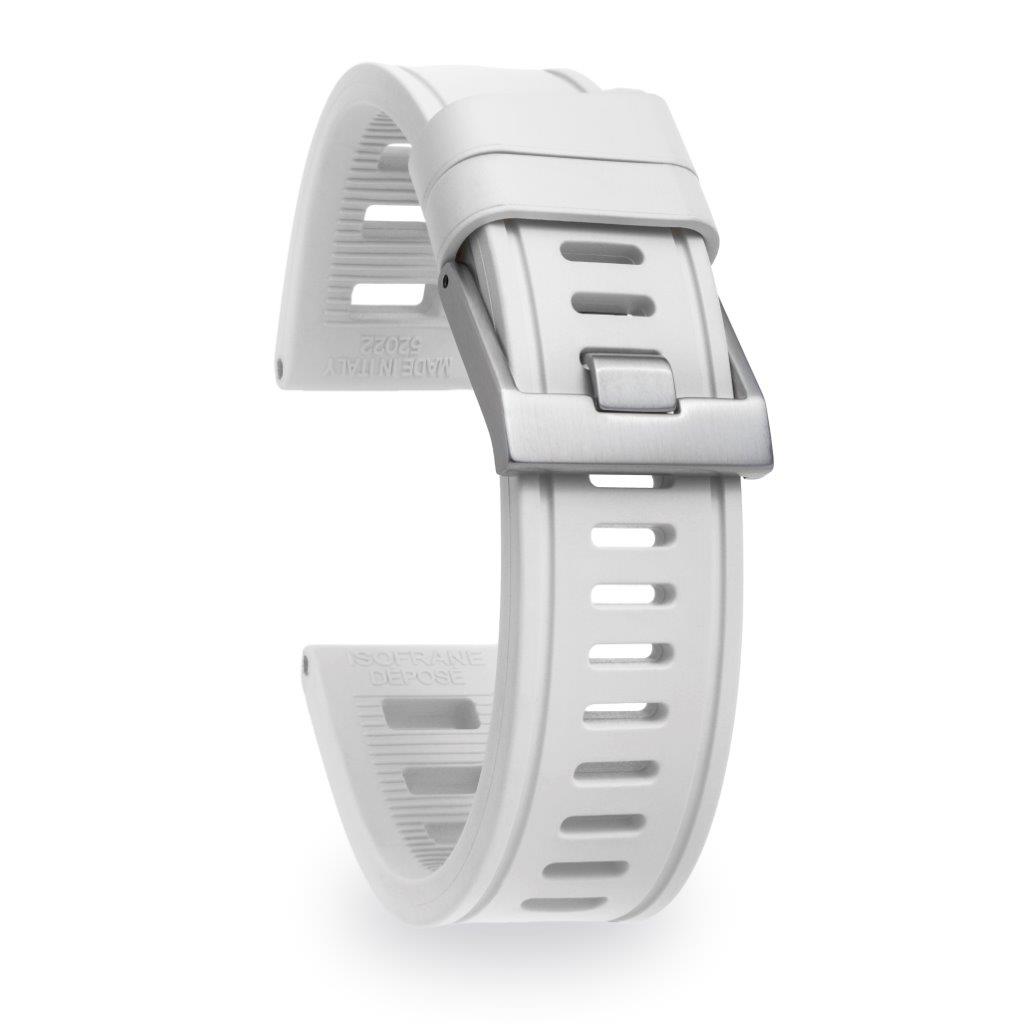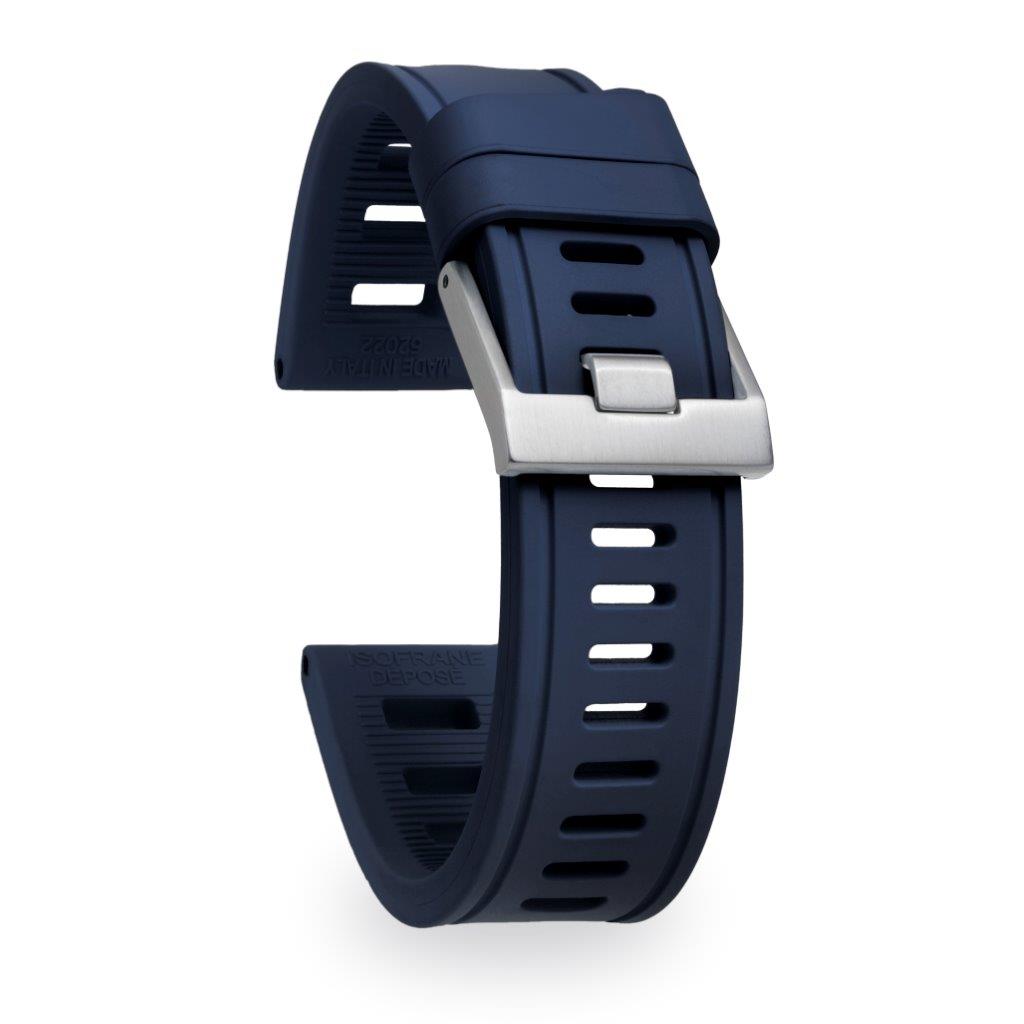Classic Meets Contemporary
ISOfrane® Dive watch RUBBER strap
The Evolution of Waterproof Watch Straps
1950s: A Technical Breakthrough
The 1950s marked a turning point in watchmaking, as waterproof technology expanded the utility of watches to aquatic environments. Leather remained the strap material of choice, prompting the development of water-resistant treatments. Interestingly, stainless-steel bracelets—despite their durability—never claimed top popularity during this period.
1960s: Enter the TROPIC Strap
Rubber strap innovation began in the 1960s with the emergence of the TROPIC strap. While revolutionary, early versions were stiff, brittle, and uncomfortable against the skin. That’s when ISOfrane® challenged the status quo.
Inspired by Automotive Engineering
ISOfrane® introduced a breakthrough approach: leveraging the same rubber compound used in automotive tires—engineered to withstand heat, rain, ice, and chemical exposure without degrading. This durable material became the foundation for what would become the most resilient waterproof watch strap ever made.
Design Meets Functionality
ISOfrane® didn’t stop at durability. The brand pioneered comfort-driven design with wide ventilation slots for breathability and a textured underside that prevented sticking to skin. This combination of toughness and comfort redefined dive watch wearability.
A Modern Comeback
In 2010, the Synchron acquired the ISOfrane strap maker and revived ISOfrane®, reintroducing the world to the iconic rubber dive strap. Today, ISOfrane® stands as a symbol of uncompromising quality, long-lasting performance, and exceptional comfort.
